An abundant garland of fruits and ears of wheat, magnifies two arms of light arranged in an asymmetrical way.
Period : Art Nouveau
Circa : 1900
Dimensions : Height : 57cm x Width : 30cm x Depth : 17cm
The term polychromy, formed from the ancient Greek polus ("many") and chrôma ("color"), refers to the application of colors to sculpture and architecture, either by the use of paint (so-called "artificial" polychromy), or by the assembly of materials of different colors (so-called "natural" polychromy).
The word appears in the French language in the nineteenth century, during the debates that divided scholars on the issue of coloring statues and buildings of the Greeks and Romans.
Today we know that ancient sculpture and architecture were polychrome.
However, classical antiquity remains associated with an immaculate whiteness, that of the marble statues and monuments that we admire when visiting museums and archaeological sites.
We forget that their current appearance is in fact the result of a discoloration due to several factors, the effects of time and atmospheric conditions have led to the alteration or disappearance of the original polychromy.
Humans also have their share of responsibility, because of the meticulous cleaning they have done to the artifacts when they were discovered.



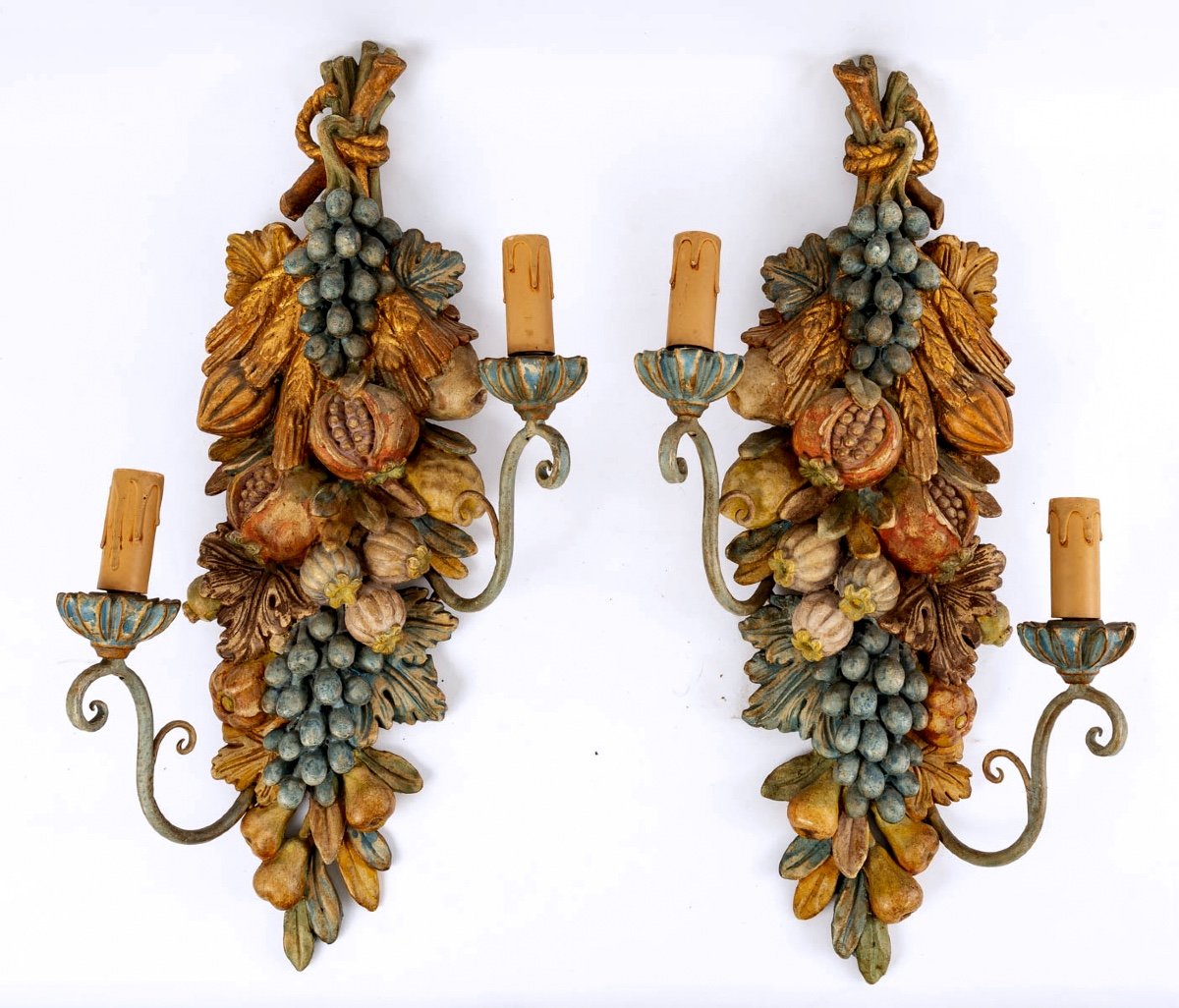
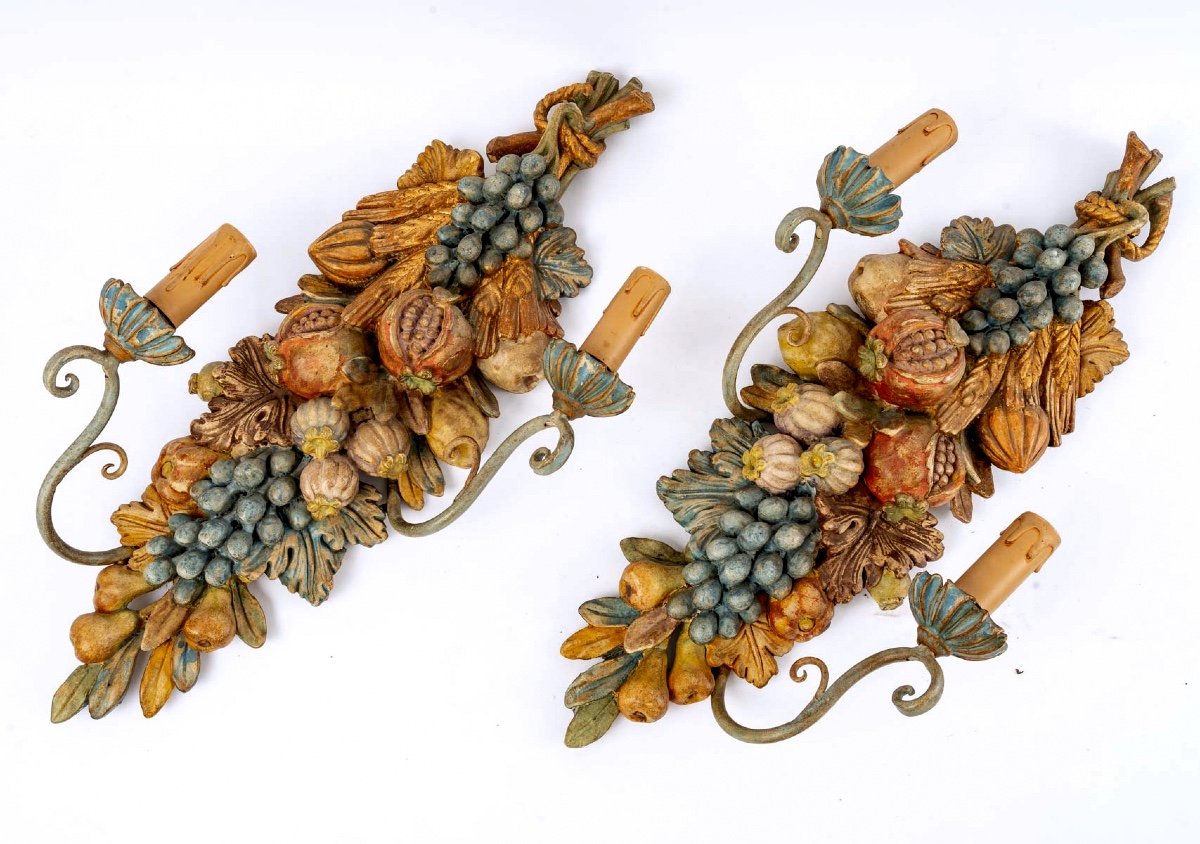
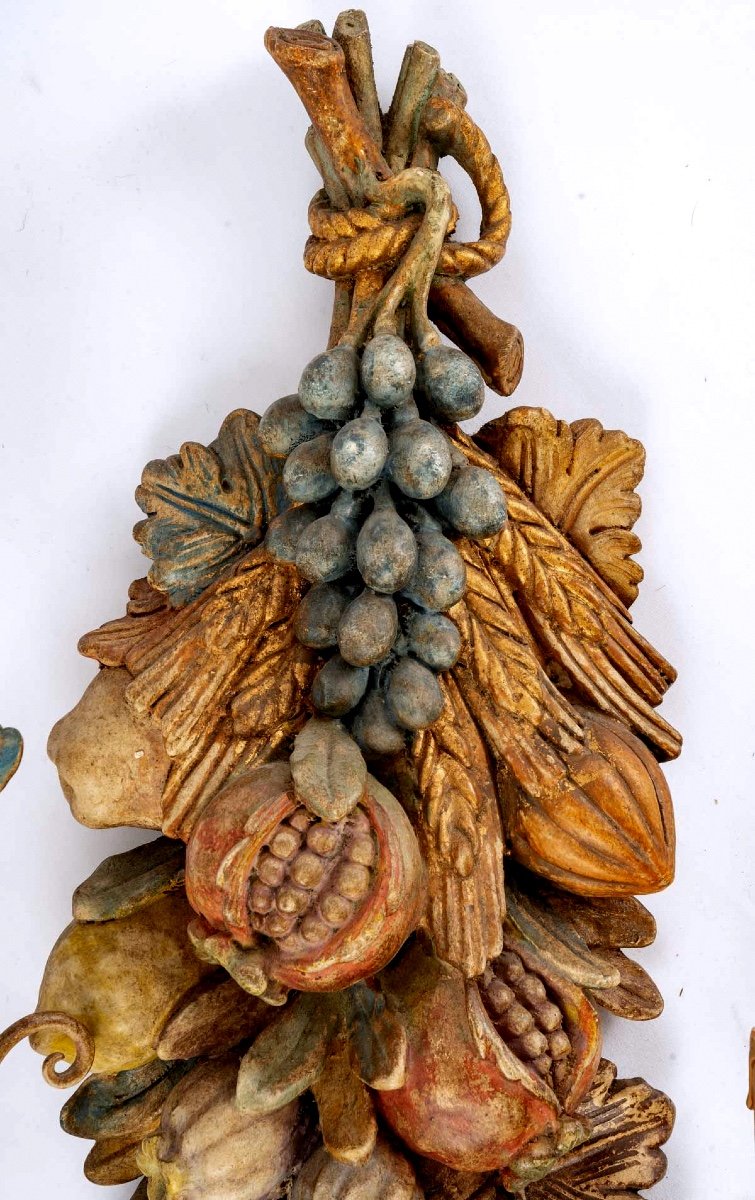
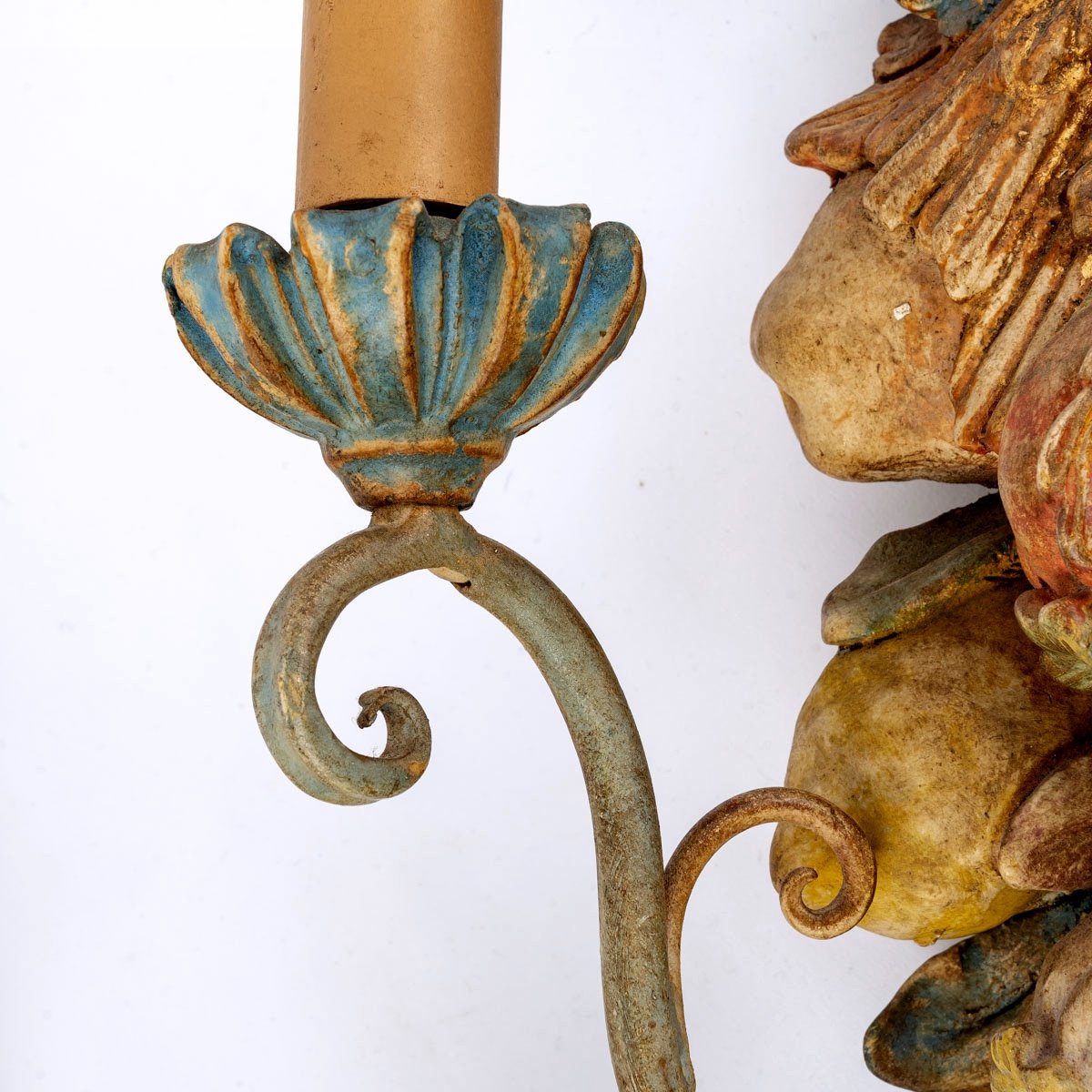
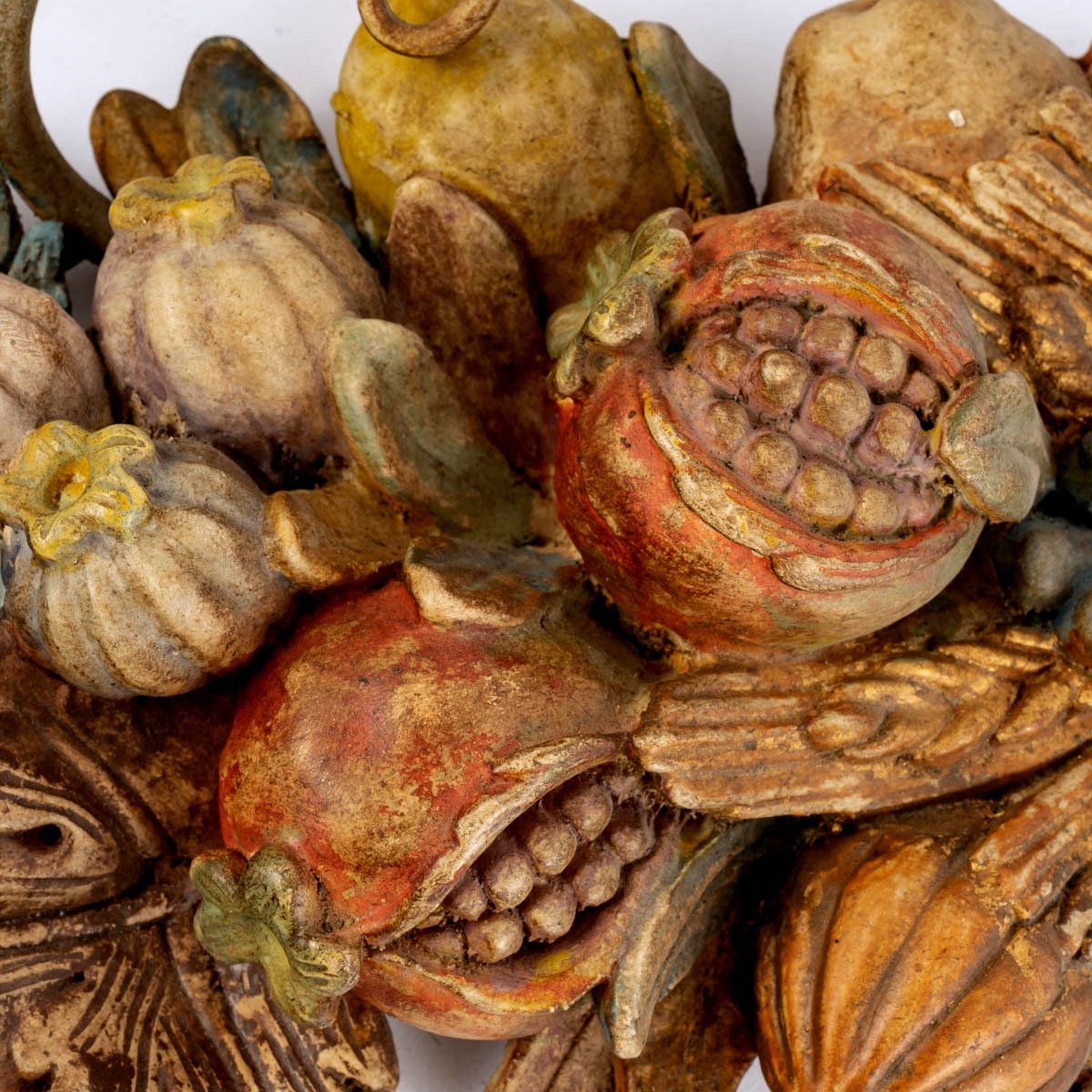
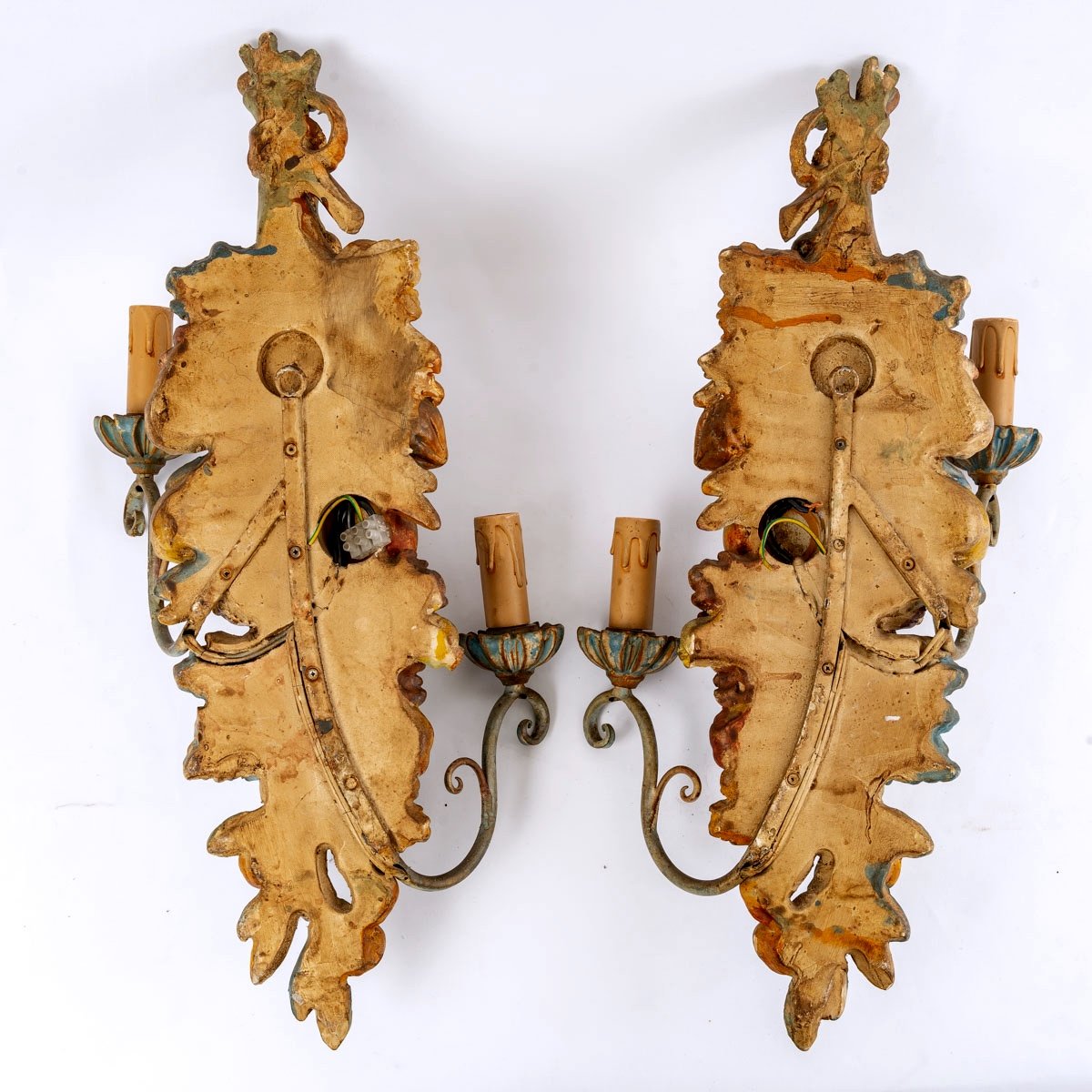











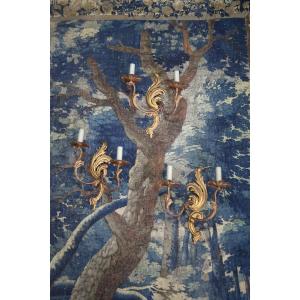



 Le Magazine de PROANTIC
Le Magazine de PROANTIC TRÉSORS Magazine
TRÉSORS Magazine Rivista Artiquariato
Rivista Artiquariato
